Capacity Management Level and UtilisationExhibit Comparison of chasedemand and levelcapacity strategies for the XYZ brokerage firm Service managers using the chase strategy are usually responsible for unskilled employees performing jobsChase demand strategy In this type of strategy the capacity is matched to the level of demand A period's planned quantity of output is equal to that period's expected demand Level capacity strategy When an organization adopts the level capacity strategy then it manufactures at a constant output rate

Long Term Capacity Management Linking The Perspectives From Manufacturing Strategy And Sales And Operations Planning Sciencedirect
Level capacity strategy vs chase demand strategy
Level capacity strategy vs chase demand strategy- Aggregate Planning level capacity and chase demand strategy;Chase Capacity Management Opposite to the level capacity management is the chase capacity, " organisations could decide to match capacity and demand by altering the availability of resources This might be achieved by employing more people when it is busy and adopting strategies such as overtime and additional shifts



Www Open Ac Uk Centres Policing Sites Www Open Ac Uk Centres Policing Files Files Outputs An evaluation of demand management practices in uk final report Pdf
A level capacity strategy is also known as a chase demand strategybut your activity and behavior on this site made us think that you are a bot Note A number of things could be going on here If you are attempting to access this site using an anonymous Private/Proxy network, please disable that and try accessing site againChase demand strategy can be defined as a strategy where the changes are made to the output according to the demand Here, the changes are in terms of increasing or decreasing the output in line with the rising or falling demand It involves matching the demand by hiring or firing the workers or by controlling the level of production and using 1 IntroductionIn service organizations, capacity decisions are made from various strategic perspectives From a marketing perspective, organizations often set a capacity level that can ensure high quality serviceThe service level is usually specified as the average steady state waiting time or as a given (eg 95%) percentile of the waiting time distribution
Spare capacity, when demand is low, can be used for other actives — for example, research and development Changing capacity to match demand To match changing customer demand, you may need to increase or decrease capacity For example, you could roster staff on for extra shifts when it's busy or ask them to take their holidays when it's Chapter 11 Managing Capacity and Demand Service capacity is a perishable commodity For example, a plane flying with empty seats has lost forever the revenue opportunity of carrying those additional passengers American Airlines was the first in its industry to address this problem and to realize the potential of using what now is called yield management Use ofFor instance, if the skill level and training required was low, a chase demand strategy was recommended Heskett et al expanded on Sasser's work to include a third alternative – "modified" chasedemand This was for the cases where a service did not fit neatly into either chasedemand or levelcapacity
Demand Capacity Constraint Company Policies Amount of product subcontracted and backordered Size of work force Inventory Levels Chase versus Level Strategy Chase Demand Level Capacity Level of labor skill required Low High"Capacity is made up of the resources needed to serve customers, process information ot make products" Greasley (09) There are 3 strategies to manage the capacity which include level, chase and demand management strategyAggregate Planning level capacity and chase demand strategy A small manufacturing plant is considering their aggregate plan for the next fiscal year They are limited to a maximum number of 40 FTEs each quarter




Part 1 Question 1 Question 1 How Many Statements Chegg Com
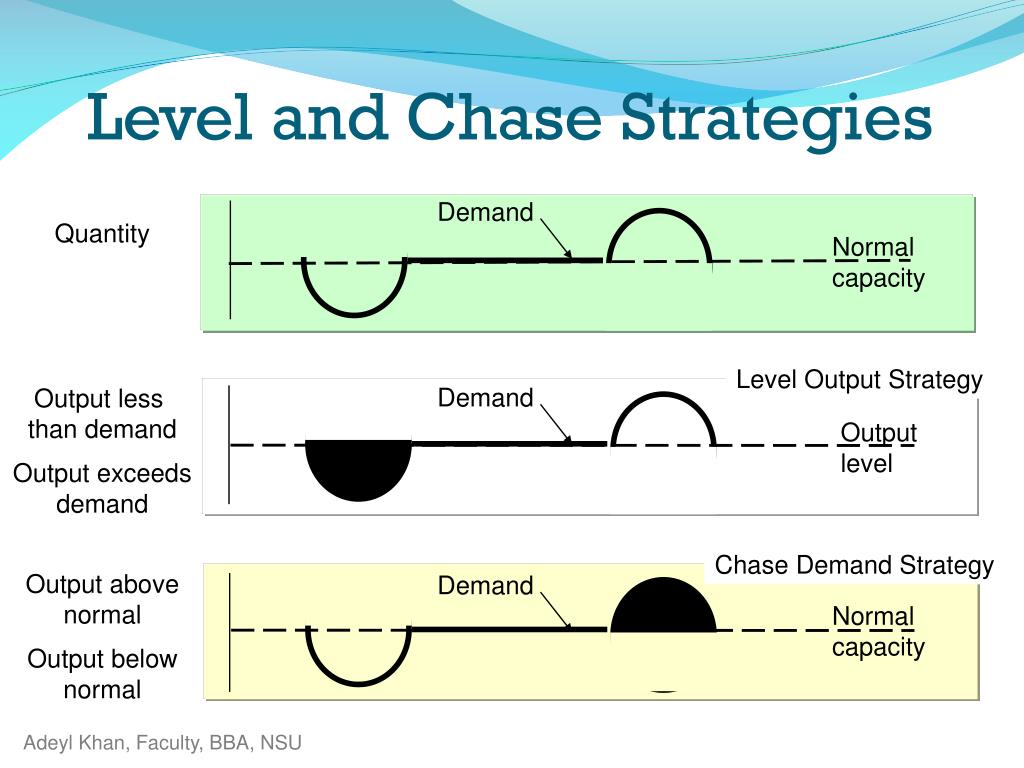



Ppt Chapter 13 Aggregate Planning Powerpoint Presentation Free Download Id
Demand forecasting may be used in production planning, inventory management, and at times in assessing future capacity requirements, or in making decisions on whether to enter a new market Demand forecasting is predicting future demand for the productFigure Level Capacity Plan Figure shows the level capacity plan of a company manufacturing a product on produce to stock and sell basis In the first quarter aggregate demand is less than production and inventory builds up till the end of the First Quarters in the second third and fourth quarters are inventory levels Decline because production is less than the aggregate demand Managing capacity refers to the way capacity is used and tailored to match variations in demand Means for operationalizing each include
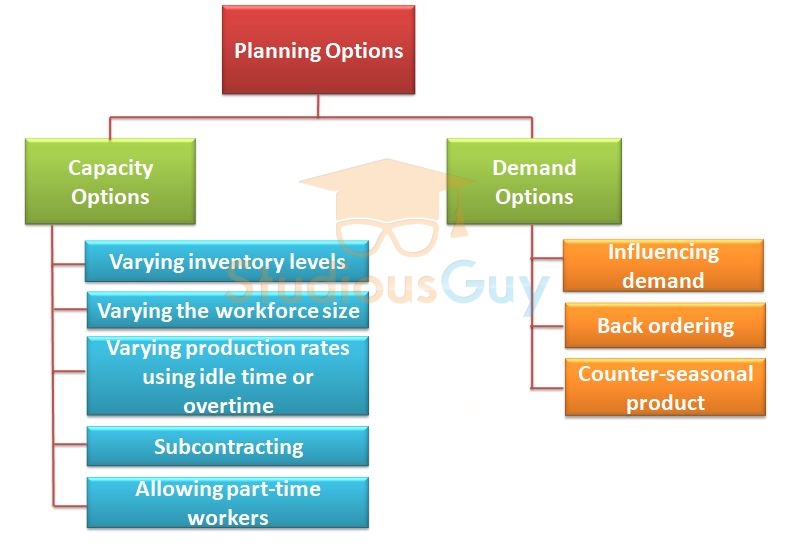



Aggregate Planning Studiousguy
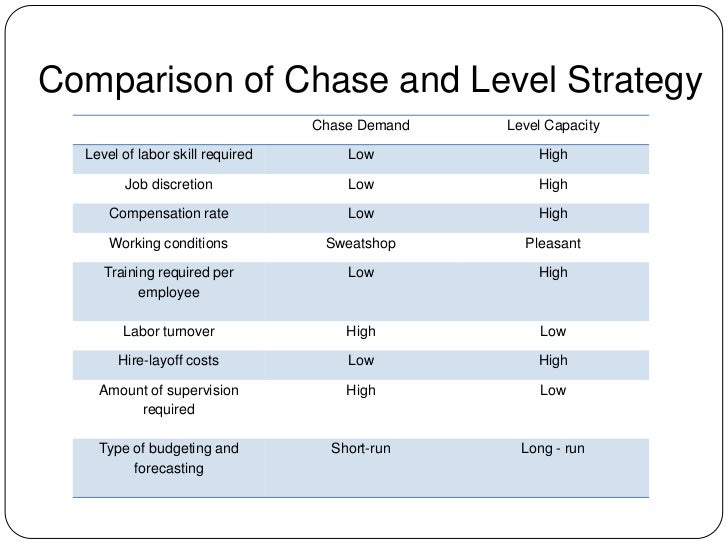



Aggregate Planning Report
The first is called level scheduling, where you try and maintain a steady workforce with a steady schedule The second is the chase strategy, where you maintain a level workforce and increase your workforce as demand increases This may mean using overtime orIt also enables the DVD to be used as aThe level and chase demand capacity utilization strategy is to be used as Level Strategy It is to be used when the same quality and quantity of the production procedures are required




Capacity Planning An Industry Guide Plex Demandcaster




How Is Yield Management Implemented In Airline Industry Ayat Saleh
1 Describe how you would use a level and a chase demand capacity utilization strategy 2 What are some alternatives to hiring and laying off workers to vary service capacity as demand varies? One of the simple advantages of chase demand strategy is that it enables the company to maintain the level of production at a certain level irrespective of the changes in the demand of the market This level of production is decided by the managers, depending on the size of the market How Does Chase Demand Strategy Work?Level capacity Managing demand Chase demand Managing capacity 7) Yield Management 1) Customerinduced variability 2) Segmenting demand & Offering price incentives 3) Reservation systems and overbooking 6) Crosstraining employees
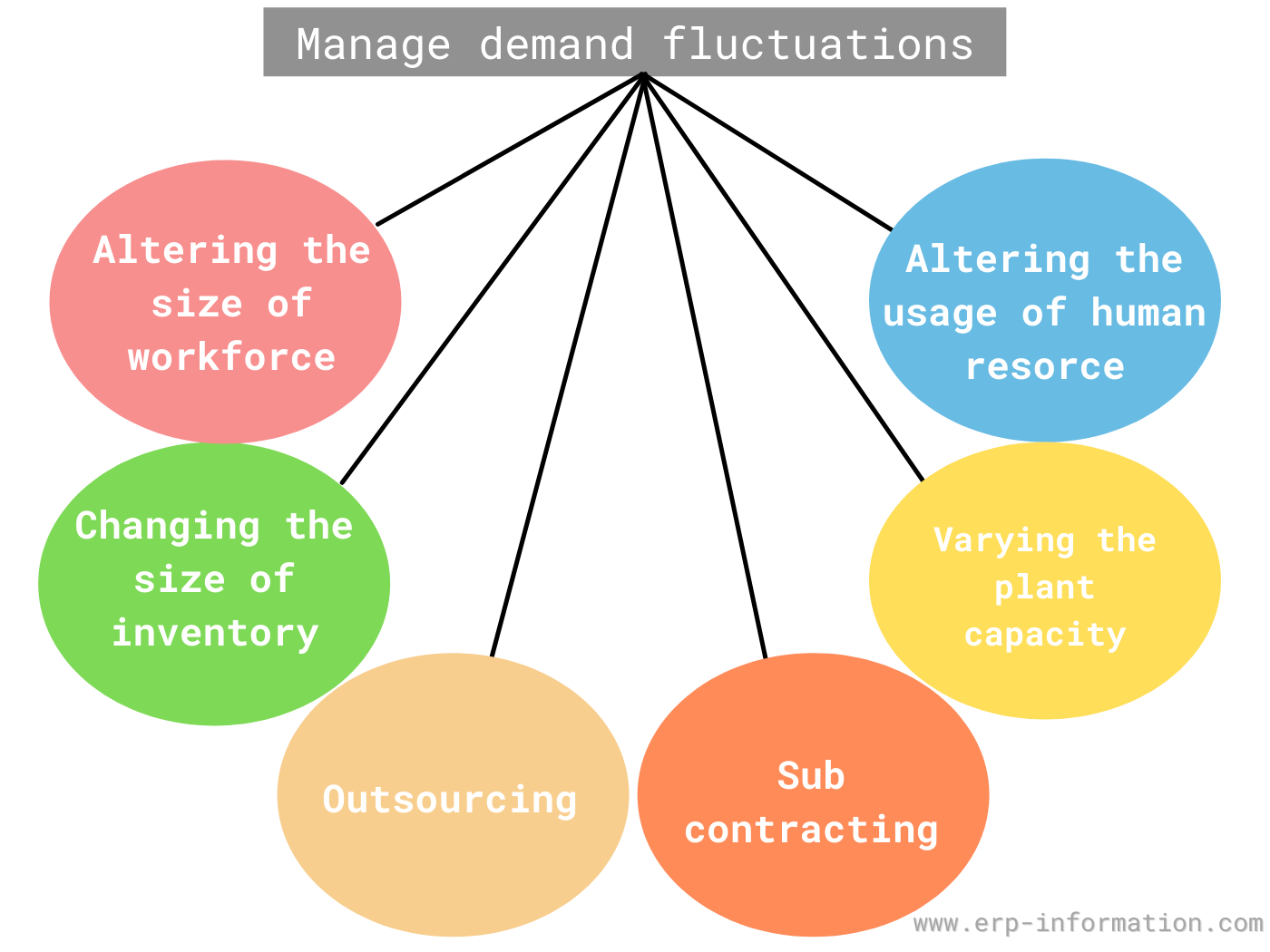



What Is Aggregate Planning 3 Strategies For Aggregate Production Planning
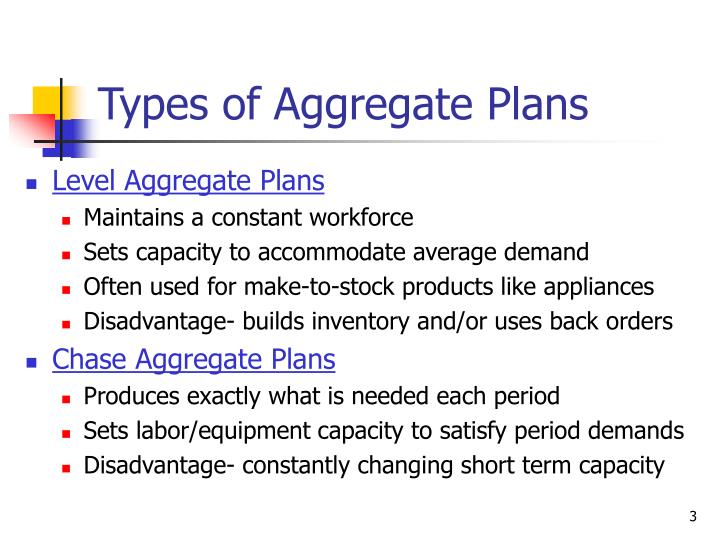



Ppt Aggregate Planning Powerpoint Presentation Free Download Id 6079
Management Accounting Overhead Absorption & Apportionment Variable cost analysis for a services company Winter Palace Published by on Categories Demand and Capacity Management 2 Comments Originally two strategies were suggested for managing demand and capacity the first would involve adjusting capacity to match demand (defined as 'chasing demand') and the second, altering demand to match available capacity (known as 'level capacity') Adjusting capacity to match demand The chase strategy sets production equal to forecasted demand Many service organizations such as schools, hospitality businesses and hospitals, use the chase strategy The level strategy is mainly focused on maintaining a constant output rate



Production Strategies Apics Forum




Aggregate Capacity Planning Pdf Free Download
3 Describe some demand management techniques that are used when demand exceeds capacity and when capacity exceeds demand An approach to aggregate planning that attempts to match supply and output with fluctuating demand Depending on the product or service involved, the approach can incur costs by the ineffective use of capacity at periods of low demand, by the need to recruit or lay off staff, by learningcurve effects, and by a possible loss of qualityChaseproduction and level production Aggregate demand requirement, chase and level strategy Aggregate Planning level capacity and chase demand strategy Level vs chase strategy to increase demand Aggregate production plan Aggregate planning for widget maker chase plan with steady Level versus chase strategy Aggregate production plan
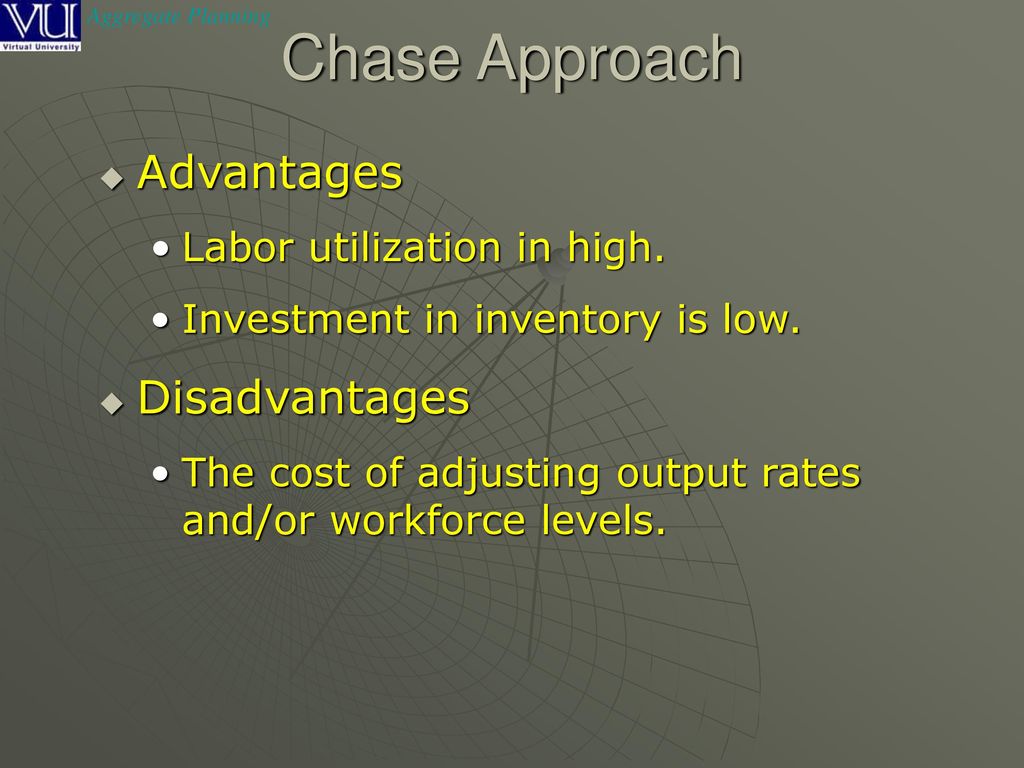



Basic Strategies Level Capacity Strategy Chase Demand Strategy Ppt Download
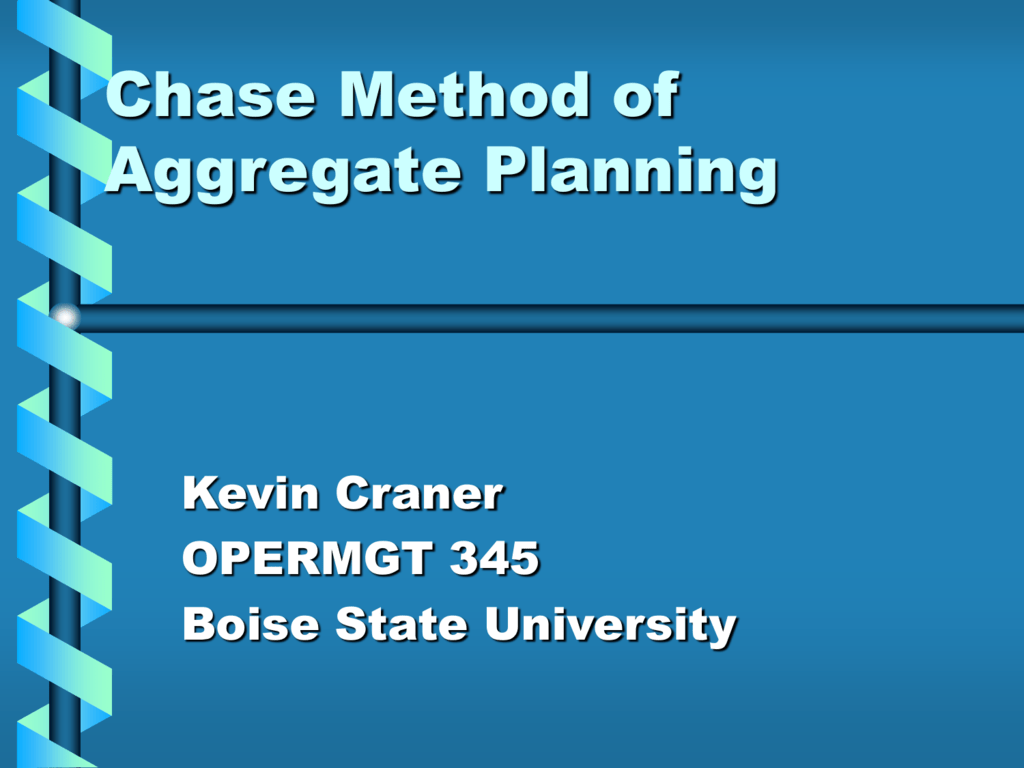



Chase Method Of Aggregate Planning
Under the chase strategy, production is varied as demand varies With the level strategy, production remains at a constant level in spite of demand variations The use of a level strategy means that a company will produce at a constant rate regardless of the demand level In companies that produce to stock, this means that finished goods inventory levels will grow during low demand periods and decrease during high demandLevel capacity plan In the level capacity plan capacity remains same throughout the planning period even if demand forecast is fluctuating (Slack 09) In case of ICICI bank if capacity level is maintained uniform and if demand is high quite high from base level capacity contents capacity optimum and maximum use of capacity capacity constraints the ups and downs from excess demand to excess capacity measuring and managing capacity stretching and shrinking level of capacity chasing demand creating flexible capacity demand understanding demand patterns analyzing demand by market segment multiple influences on demand strategies for managing demand



Http Www1 Pu Edu Tw Ylai Erp Dom 1042 Ppts S16 1042 Erp Dom Ap S16 Pdf




Pgbm03 Mba Operation Management Session 06 Planning And Managing Capa
Call centers that schedule the number of phone agents according to expected variations in demand what is the level capacity strategyView Managing capacity and demandpdf from MBA FINANCE at IIT Kanpur Managing Capacity and Demand 1 Level Capacity and Chase Demand Strategic Dimension Customer Waiting Employee Utilization LevelUnder the chase strategy, production is varied as demand varies With the level strategy, production remains at a constant level in spite of demand variations The use of a chase strategy requires that a company have the ability to readily change its output level, which means that it must be able to readily change its capacity In some industries where labor is the major determinant of capacity,
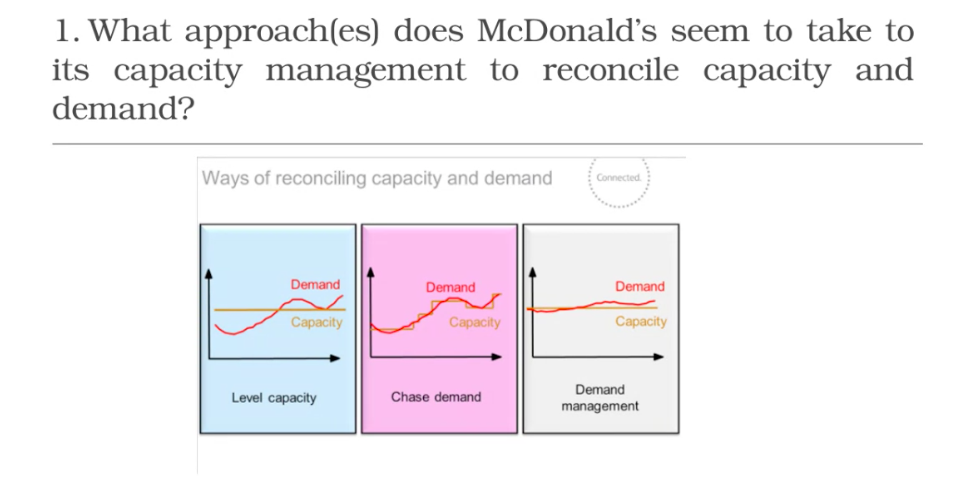



Solved Hi Could Helop Me Please With This Task By Guiding Chegg Com




Teaching Aggregate Planning In An Operations Management Course Pdf Free Download
A period's planned quantity of output is equal to that period's expected demand Level capacity strategy When an organization adopts the level capacity strategy then it manufactures at a constant output rate It does not consider anyWhen the demand is more than the capacity, it cannot meet the higher demand "Level strategies are applicable when demand is more visible before the time of use and the service organizations can effectively tell customers to wait when demand cannot be satisfied, ie the service is valued by the customers and they are willing to wait" (Armisted and Clark, 1993) Capacity Planning It's pprove/cancel projects




Demand And Capacity Management Options Adapted From Fitzsimmons And Download Scientific Diagram




Tqm Chapter 11 Assignment Studocu
Level capacity and chase demand utilities practice a pure form of _____ level capacity what best illustrates the pure form of chase demand?Demand of the consumer and meet the objectives of the operation as efficiently as possible 2 Capacity Management Capacity management affects all areas of an operation Capacity measures the rate that the operation can transform inputs into outputs Capacity is about the quantity of a product or service that can be made within a given time period This, for example, could be; Flexing capacity to meet demand A second strategic approach to matching demand and capacity focuses on adjusting or flexing capacity The fundamental idea here is to adjust, stretch and align capacity to match customer demand During periods of peak demand the organization seeks to stretch or expand its capacity as much as possible



M Dc Operations Strategy




Aggregate Planning Chapter 11 Aggregate Planning Aggregate Planning
CAPACITY AND DEMAND Capacity management is the activity of coping with mismatches between supply and demandCapacity is the ability an operation or process has to supply demandUsually this means how many products or services it can produce over a period of time It's something that is a basic responsibility of operations managers in any kind of organization Understanding Capacity and Demand a masterclass lecture Learning points The following pages give a summary of the learning points made in each of the chapters on the DVD with the start time and length of the chapter included This gives the viewer an idea of the structure of the lecture so that it can be watched in full or in part; Alternative Capacity Management Strategies• Level capacity (fixed level at all times)• Stretch and shrink – offer inferior extra capacity at peaks (eg bus/metro standees) – vary seated space per customer (eg elbow room, leg room) – extend/cut hours of service• Chase demand (adjust capacity to match demand) – schedule downtime in low demand periods – use
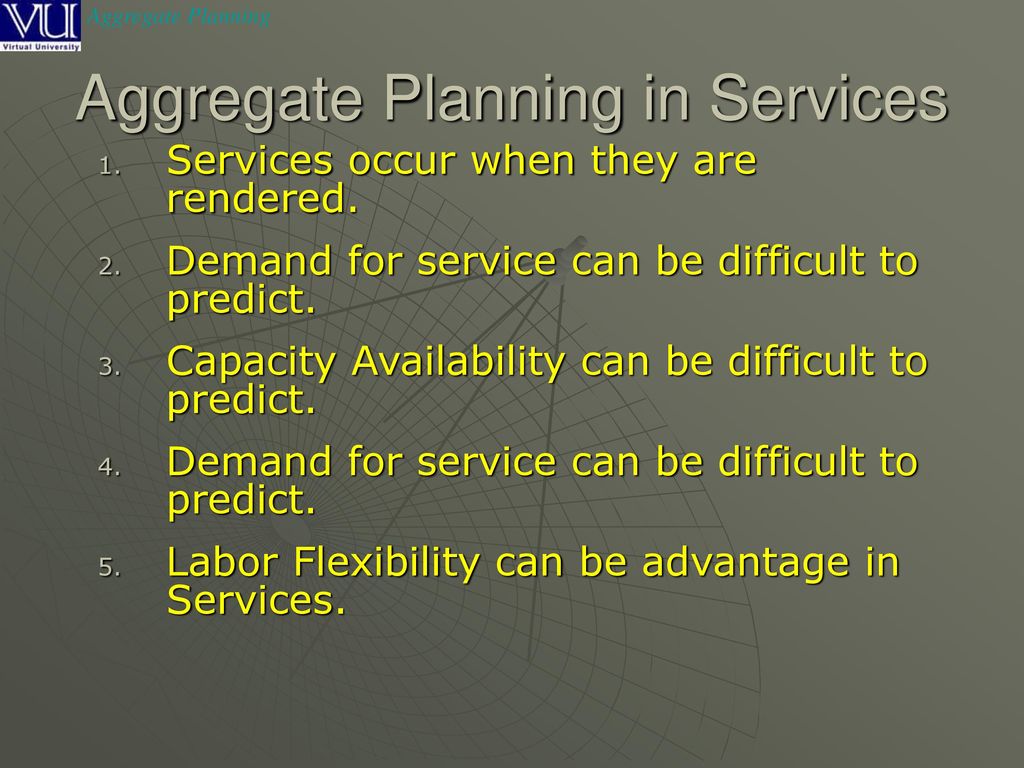



Basic Strategies Level Capacity Strategy Chase Demand Strategy Ppt Download



Myclass Dau Edu cswebdav Xid 4 2
1) Chase production strategy 2) Level production strategy and 3) Mixed combination strategy 1) Chase production strategy In the chase demand strategy, the capacity is often adjusted This is an attempt in matching the capacity with demandTypically, chase capacity decision is to cope with the customer demand through varying capacity at a given period depending on demand at that period This strategy basically, is to optimize the gap between capacity and demand minimize the capacity when the demand is low, maximize the capacity when the demand is high This set capacity is to deliberately lag demand, using backlog and long quoted lead times to buffer capacity changes (Jacobs and Chase Capacity planning is a strategic process whereby a company determines what level of capacity it will need to satisfy the level of demand for




Aggregate Planning And Learning Curves Chapter Outline 1




Planning Demand And Supply In A Supply Chain Forecasting And Aggregate Planning Chapter 8 1 Utdallas Edu Metin Slideshow And Powerpoint Viewer Aggregate Planning Ag Gregate Past Part Of Ad Gr
Demand Chase Assignment Help Introduction A method to aggregate preparation that tries to match supply and output with changing demand From chase demand method in A Dictionary of Business and Management" Subjects Business and ManagementThe chase demand technique, revealed in Figure 114( b), matches the production strategy to the demand pattern and soaks up variations in demandChase demand strategy remains an uncertain demandLearning Objectives n n n Describe the strategies for matching capacity and demand for services Recommend an overbooking strategy Use Linear Programming to prepare a weekly workshift schedule Prepare a work schedule for parttime employees Explain what yield management is and how it is applied 11 2



2
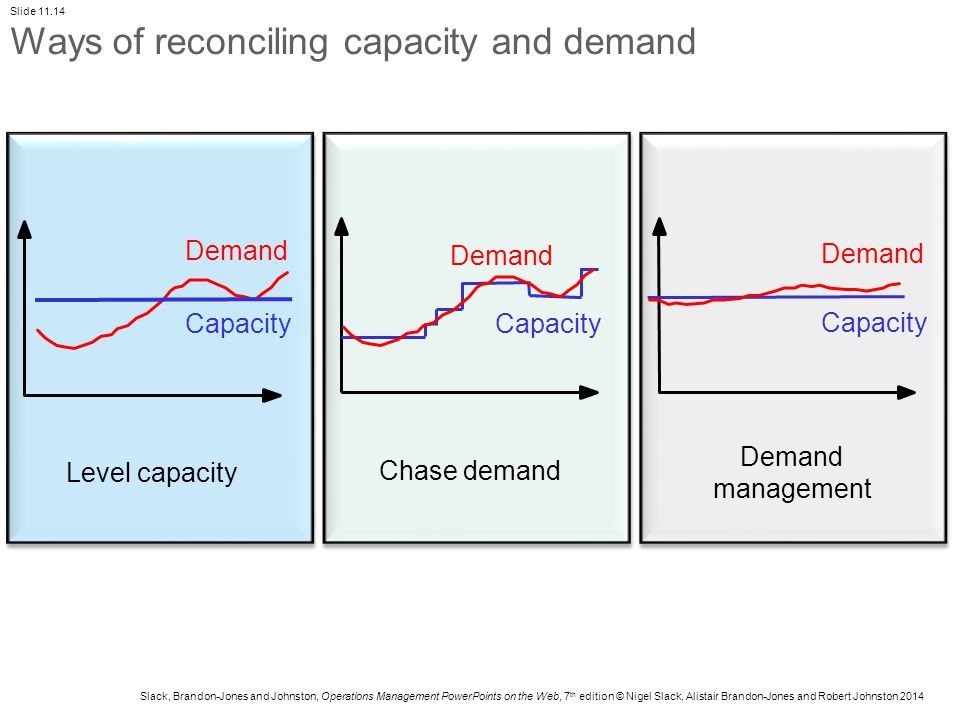



Chapter 11 Capacity Management Ppt Video Online Download



Inse6400 Principles Of Systems Engineering Production Instructor Dr Ayda Basyouni Office Ev Pdf Free Download




Aggregate Planning Strategy Organization Levels System Examples Model Type Company System
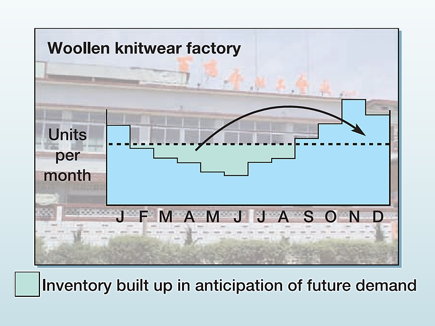



Study Of Manufacturing System Capacity Planning Control Steps In Capacity Planning Measuring Demand Capacity Yield Management




Aggregate Planning Youtube




Learning Startegies Chas And Level Production Inventory Demand




Aggregate Planning Planning Horizon Aggregate Planning Intermediate Range




Supply Chain Management Chapter 8 Aggregate Planning In




Material Management 2 B Industries Production And Manufacturing
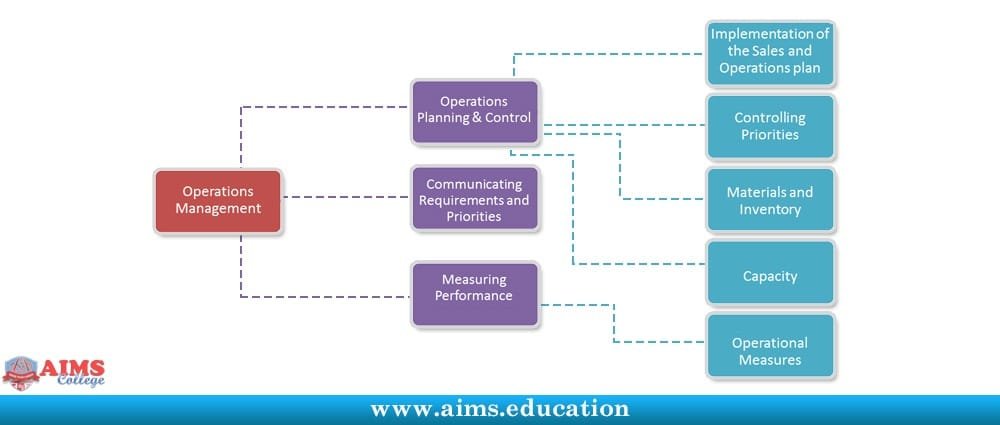



Operations And Supply Chain Management Aims Uk




Operations Management Lesson 8 Flashcards Quizlet
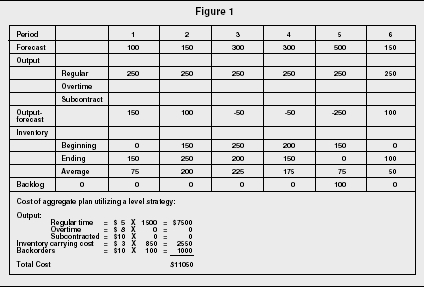



Aggregate Planning Strategy Organization Levels System Examples Model Type Company System



Mba638 Files Wordpress Com 17 01 Om L5 Capacity Management Pdf




Aggregate Planning Intermediaterange Capacity Planning Usually Covers A




Chapter 11 Managing Capacity And Demand Chapter 11 Managing Capacity And Demand Service Capacity Is A Perishable Commodity For Example A Plane Flying Course Hero




Long Term Capacity Management Linking The Perspectives From Manufacturing Strategy And Sales And Operations Planning Sciencedirect




Ppt Mgsm0 Operations Management Powerpoint Presentation Free Download Id



1



2




Demand And Capacity Management Options Adapted From Fitzsimmons And Download Scientific Diagram
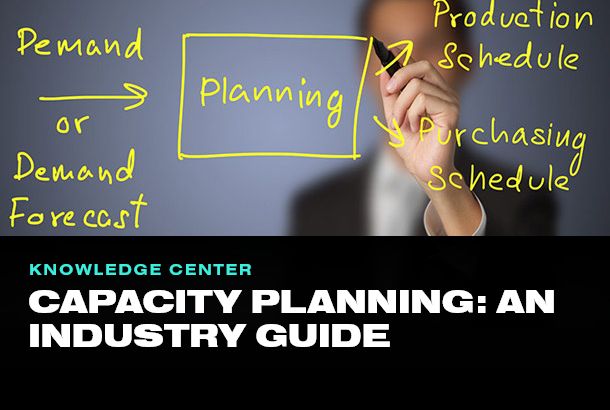



Capacity Planning An Industry Guide Plex Demandcaster



Operational Management Lesson 6 Exercise Reflective Online Learning 01 03 09 Ignacio S Blog



1
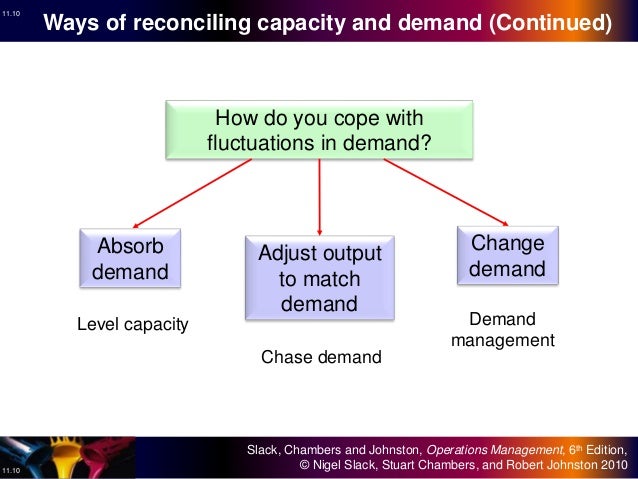



11 Capacity Planning And Control Operations Management
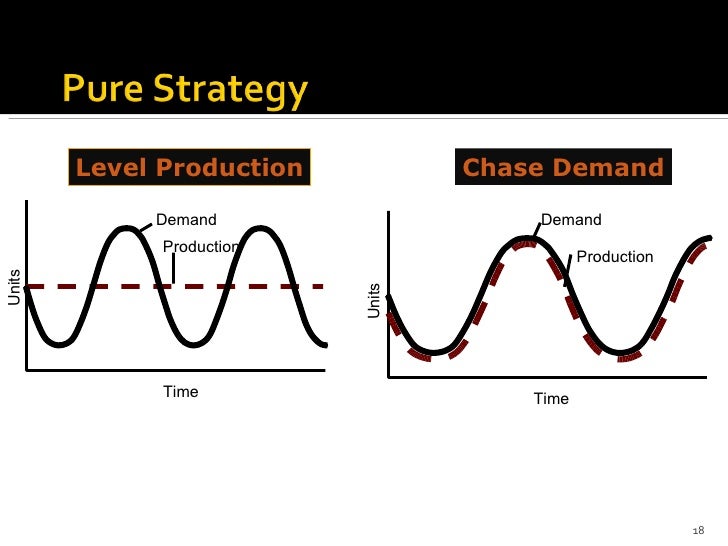



Productionplanning Aggregate Capacity




Managing Capacity Capacity Management Youtube



Myclass Dau Edu cswebdav Xid 4 2




Sales And Operations Planning Aggregate Planning Production Planning




11 Capacity Planning And Control Operations Management



Is Muni Cz El Econ Jaro09 Phom Um Chapter 11short Pdf
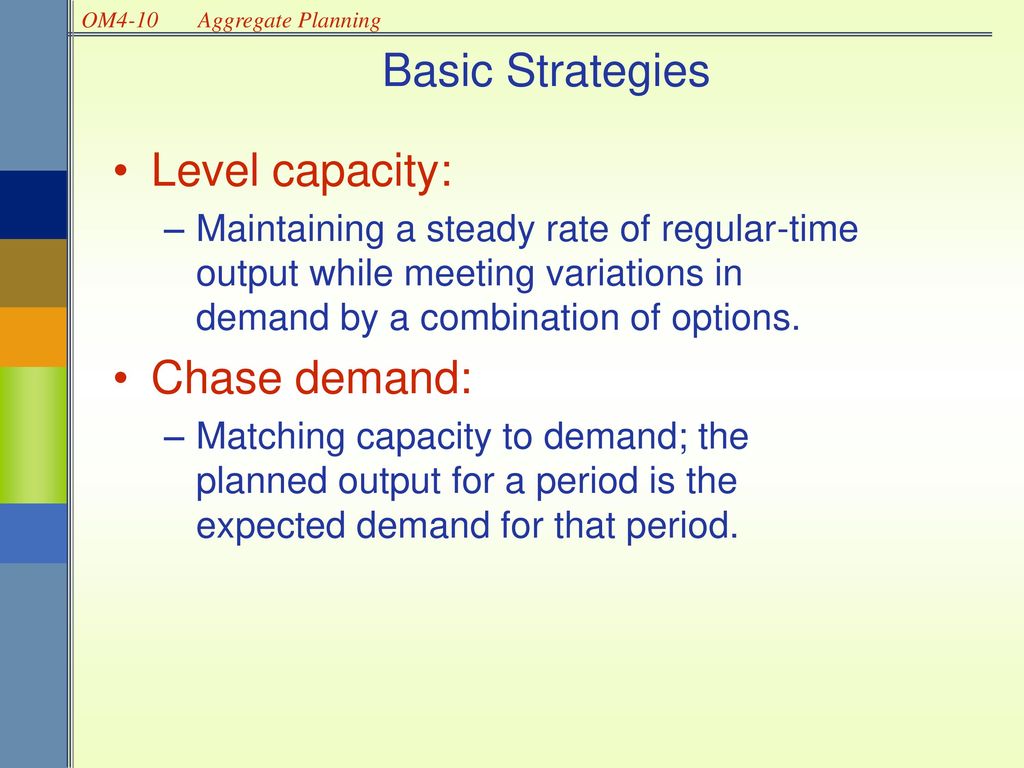



Chapter 14 Aggregate Planning Ppt Download
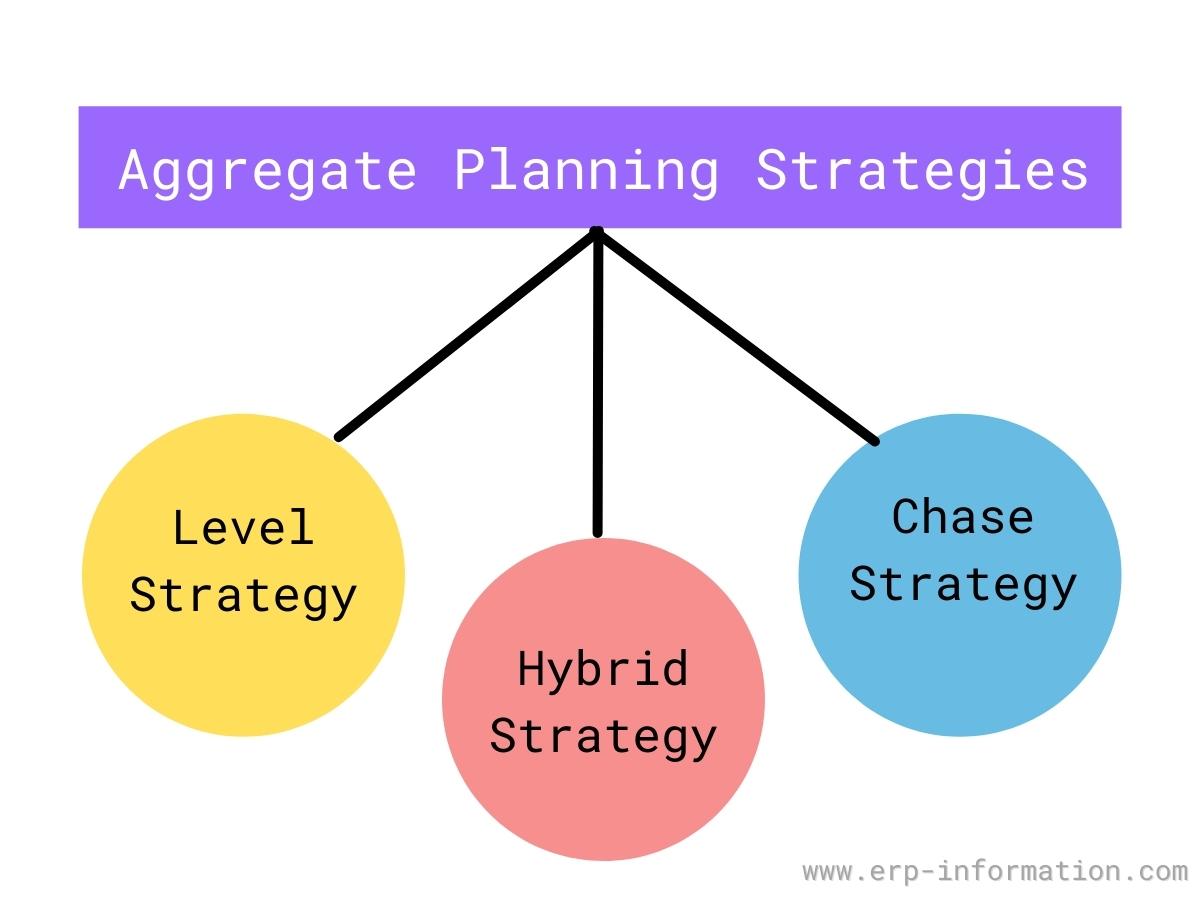



What Is Aggregate Planning 3 Strategies For Aggregate Production Planning
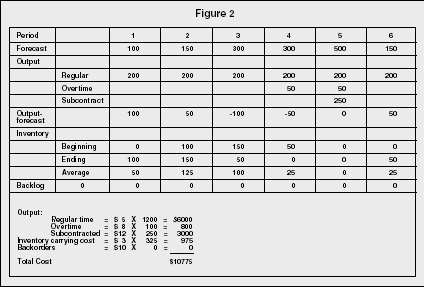



Aggregate Planning Strategy Organization Levels System Examples Model Type Company System
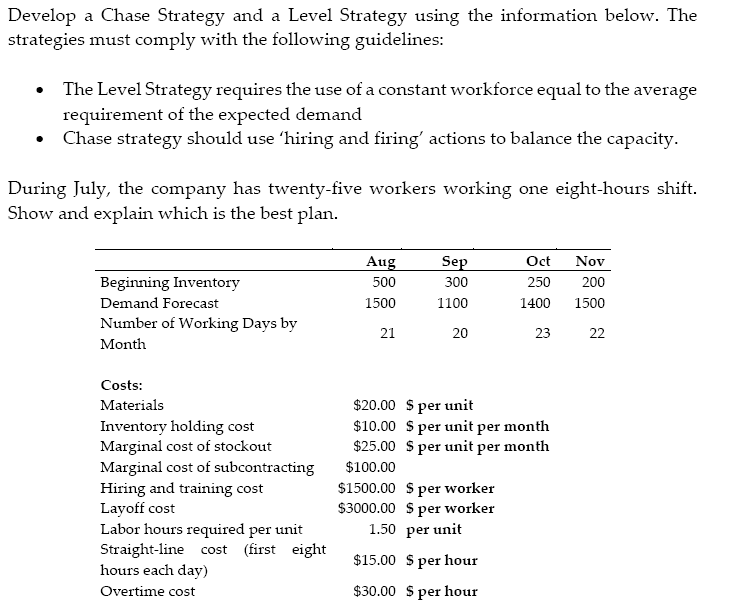



Develop A Chase Strategy And A Level Strategy Using Chegg Com
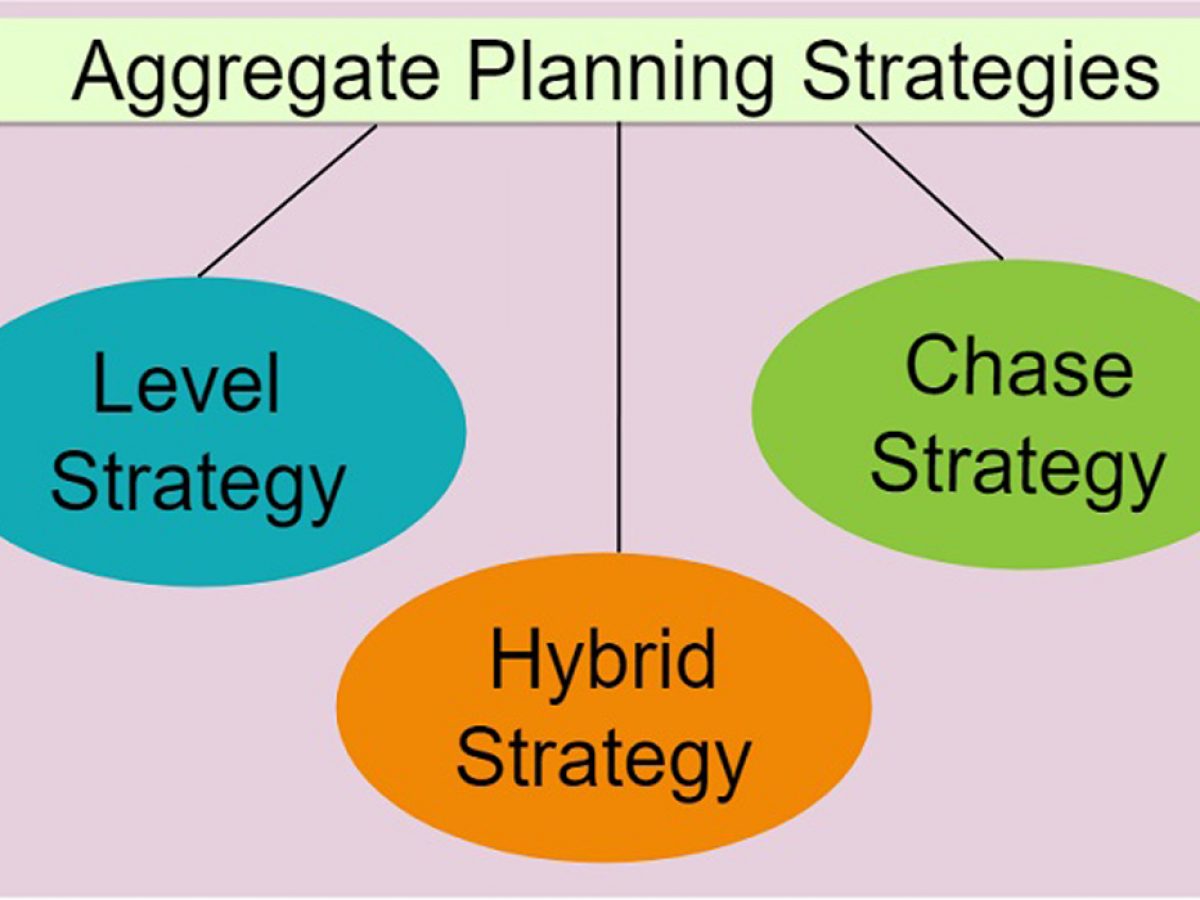



What Is Aggregate Planning 3 Strategies For Aggregate Production Planning



1




Capacity Planning Jit And Lean Systems Online Presentation




Mcq S Week 7 Capacity Management Chapter Week Capacity Management Which Of The Studocu
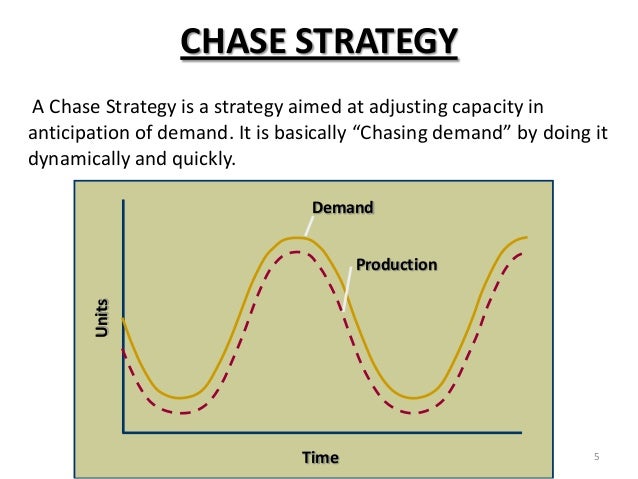



Models Of Aggregate Planning




Linking Long Term Capacity Management For Manufacturing And Service Operations Sciencedirect




Operations Management Chapter 11 Vocab Review Flashcards Quizlet



Www Open Ac Uk Centres Policing Sites Www Open Ac Uk Centres Policing Files Files Outputs An evaluation of demand management practices in uk final report Pdf
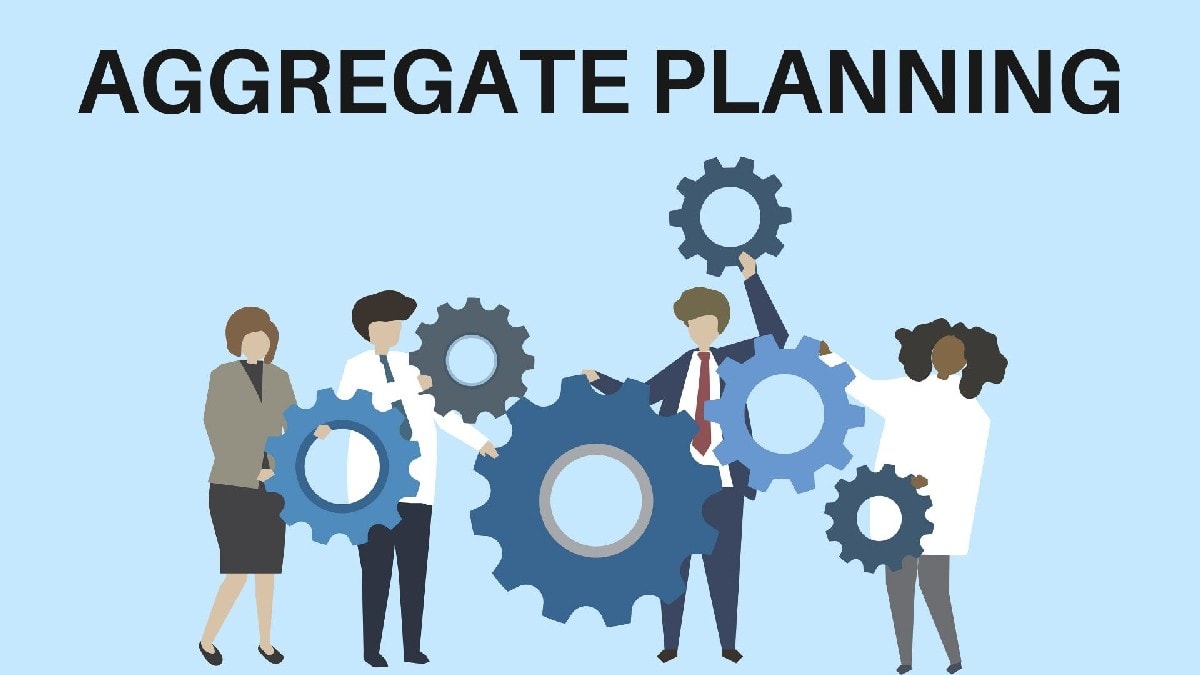



Aggregate Planning Definition Importance Strategies Management And Advantages




Pdf Long Term Capacity Management Linking The Perspectives From Manufacturing Strategy And Sales And Operations Planning Semantic Scholar
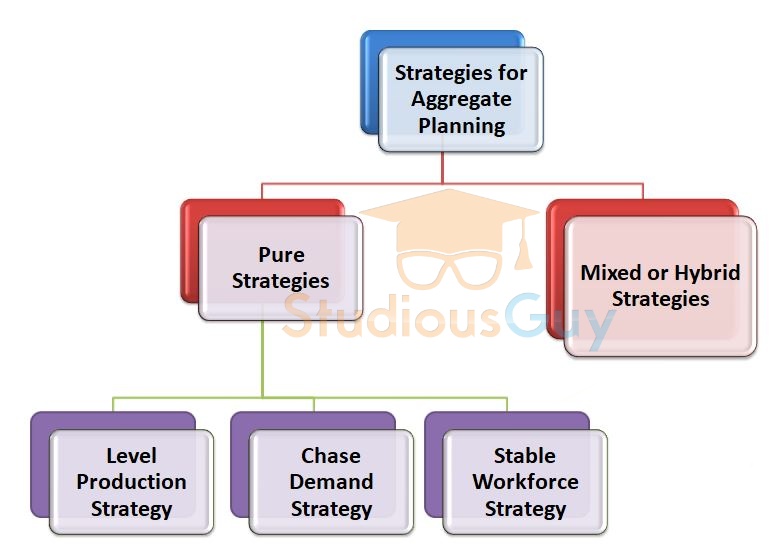



Aggregate Planning Studiousguy




Demand And Capacity Planning In The Emergency Department How To Do It Emergency Medicine Journal




Chapter 11 Managing Capacity And Demand Mc Grawhillirwin




Complete Guide To Chase Demand Strategy Welp Magazine




Aggregate Planning Mps Capacity Planning Strategic Management Inventory




Aggregate Planning Lecture Notes 10 14 Studocu
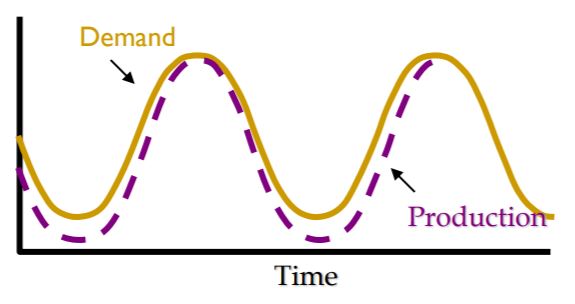



Aggregate Planning Studiousguy




Chapter Eight Summary Operations Management Studocu



Master Production Schedule




Chase Demand Strategy Chase Demand Strategy Quarter Spring Summer Fall Winter Sales Forecast 80 000 50 000 1 000 150 000 Production Plan 80 000 Course Hero
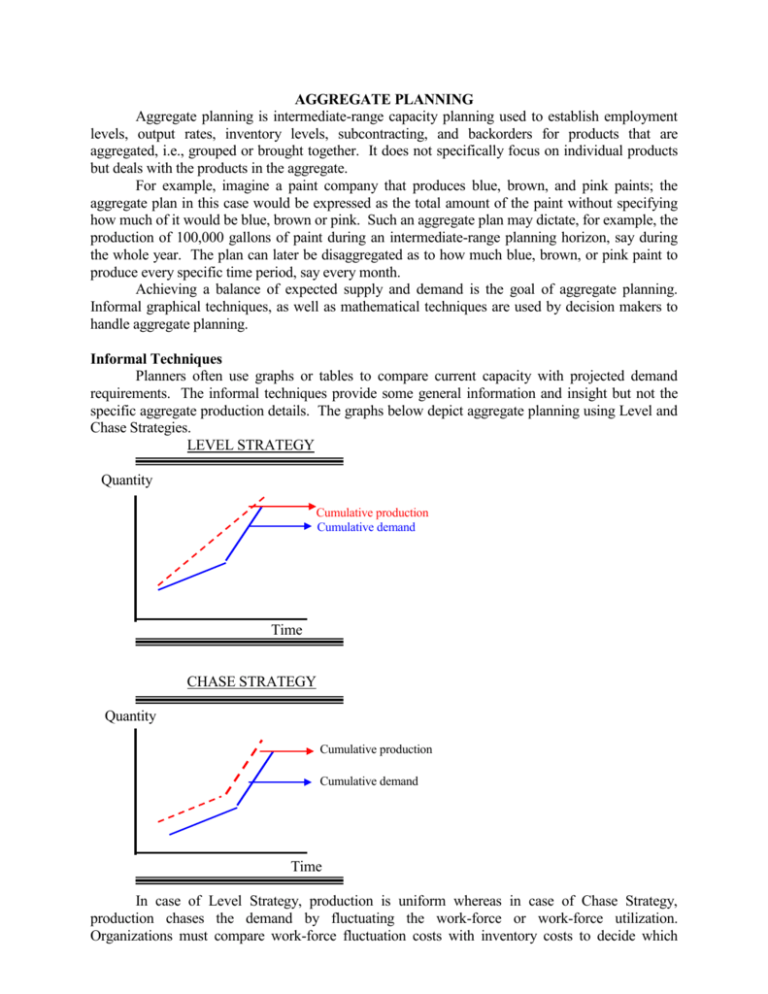



Aggregate Planning




Demand And Capacity Management Options Adapted From Fitzsimmons And Download Scientific Diagram
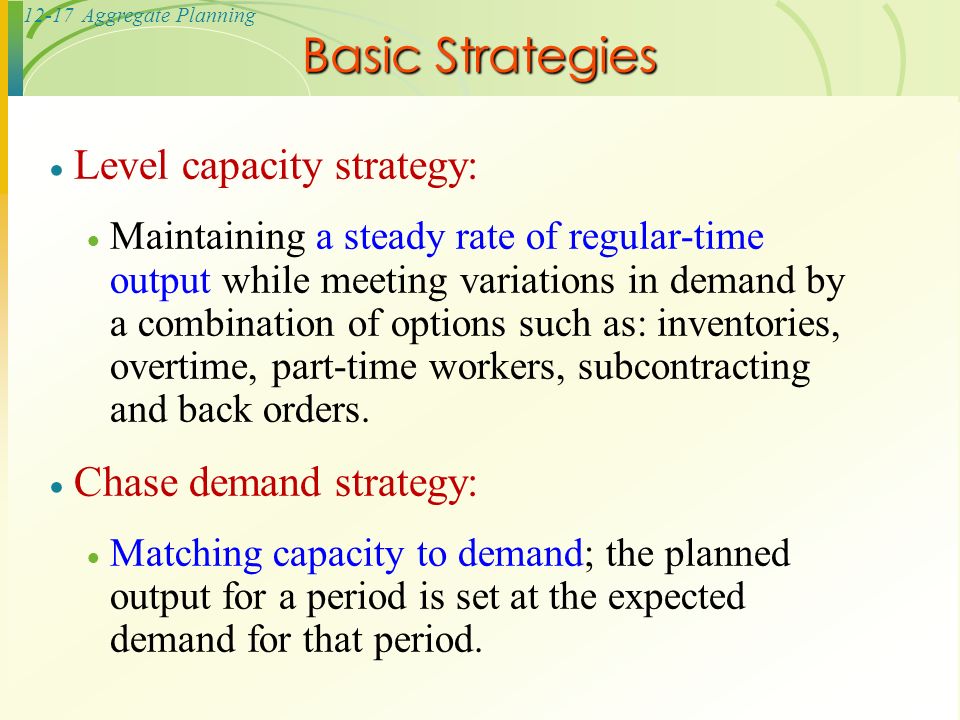



Operations Management Ppt Video Online Download



Aggregate Production Planning Operations Management Homework And Assignment Help




Operations Management Chase Or Level Production Term Paper




Logistics And Supply Chain Forum Aggregate Production Planning Part Ii
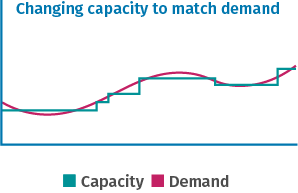



Ensuring Capacity Matches Demand Business Govt Nz




Slides Show




Match Supply And Demand In Service Industries
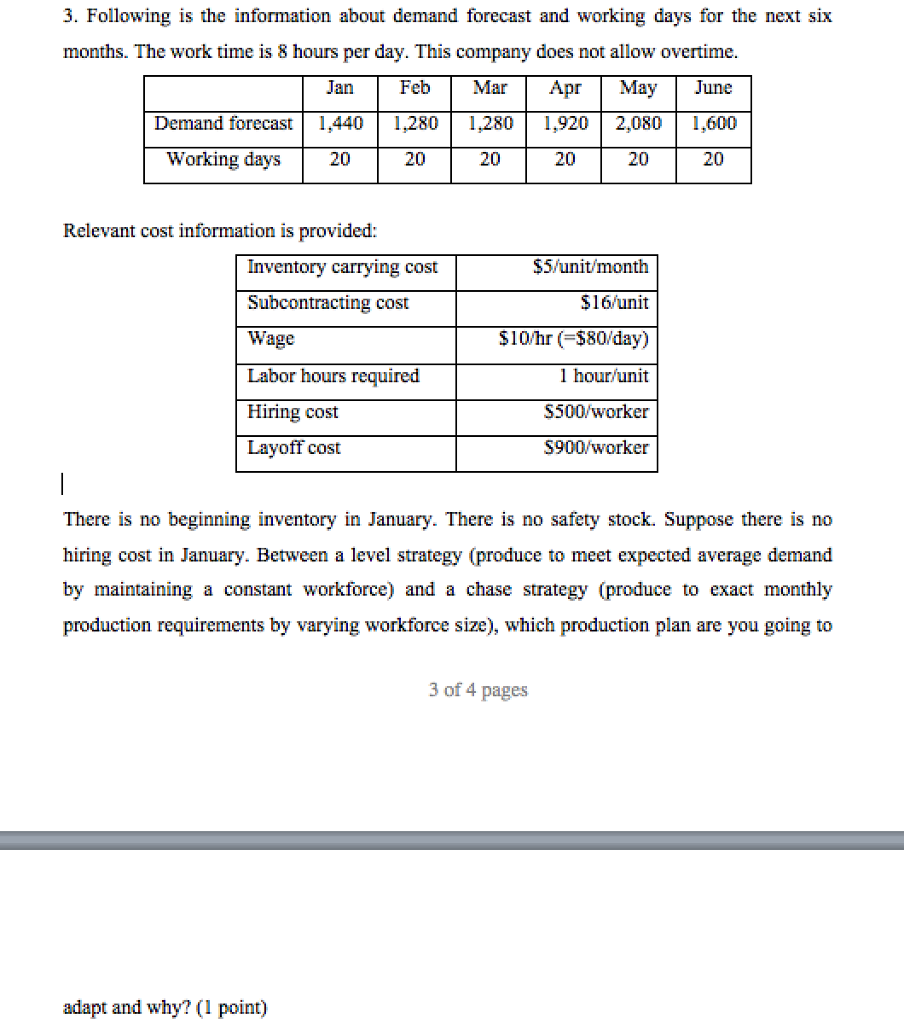



Calculating Level Strategy And Chase Strategy Chegg Com
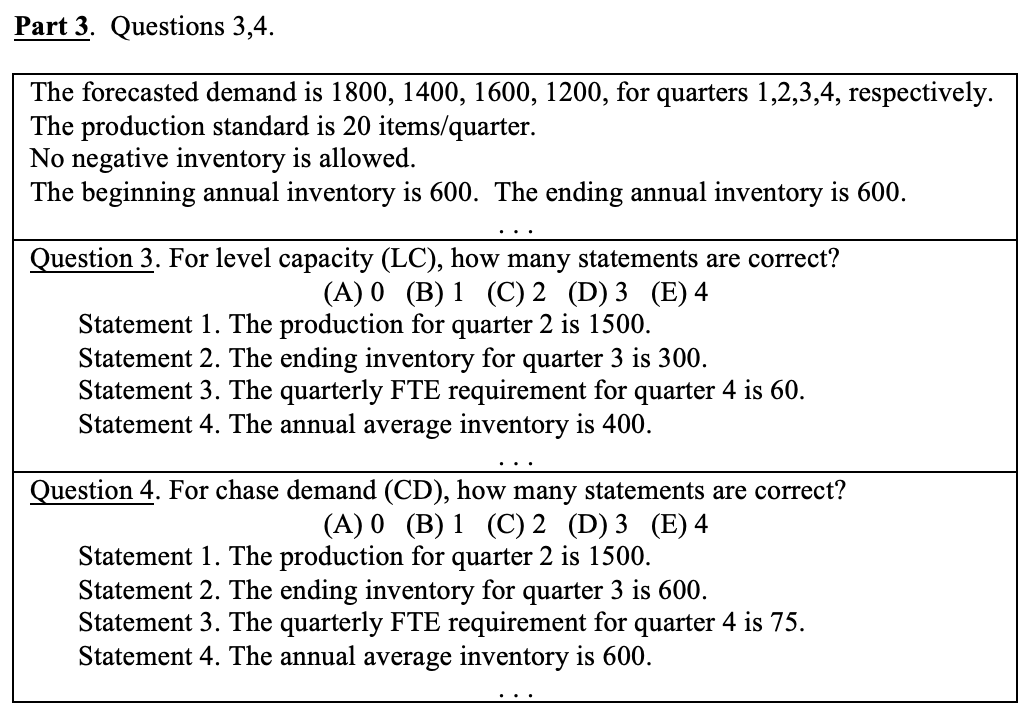



Part 1 Question 1 Question 1 How Many Statements Chegg Com




Planning Relationships Planning Horizons Aggregate Planning



Production Strategies Apics Forum



1
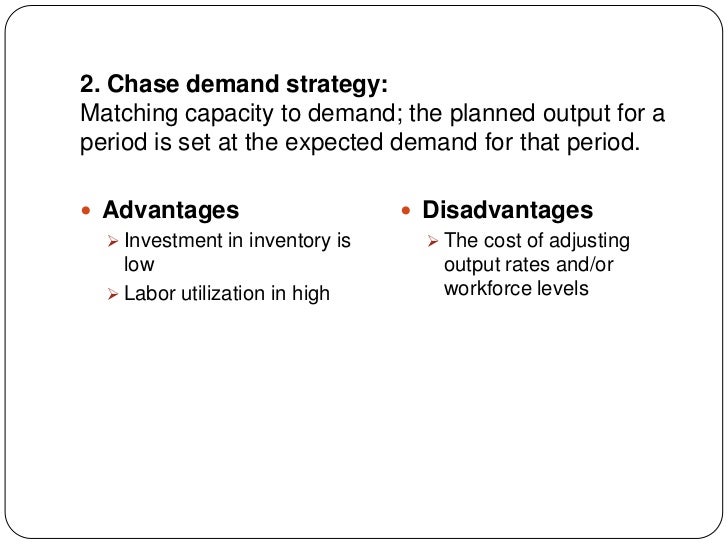



Aggregate Planning Report



Www Diva Portal Org Smash Get Diva2 Fulltext01 Pdf




Basic Strategies Level Capacity Strategy Chase Demand Strategy Ppt Download




Sales And Capacity Planning Ppt Video Online Download



Http Www1 Pu Edu Tw Ylai Erp Dom 1042 Ppts S16 1042 Erp Dom Ap S16 Pdf
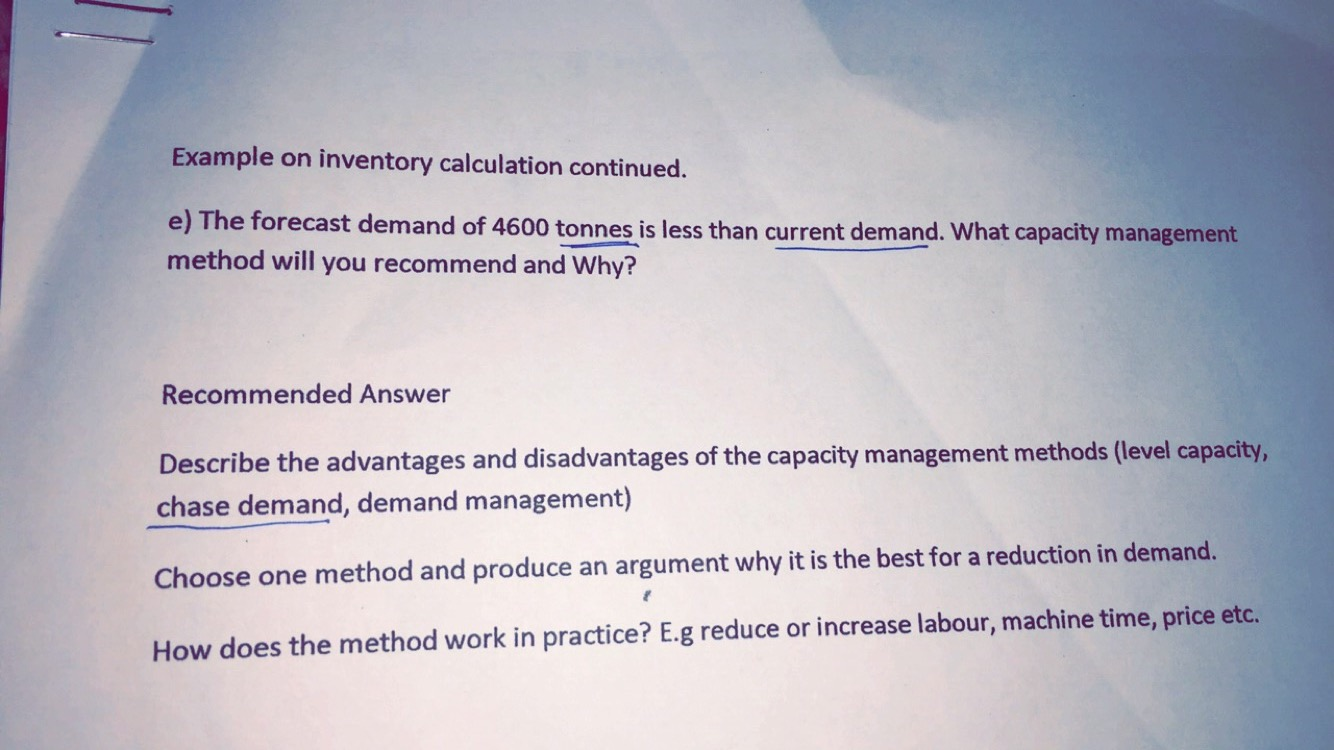



Solved The Forecast Demand Of 4600 Tonnes Is Less Than Cu Chegg Com




Week 3 Planning Control And Capacity Management Flashcards Quizlet




Hw2 Quiz With Answers Hw Quiz Pts Converting Quarterly And Annual Business Plans Into Broad Output And Labor Requirements For The Intermediate Term Is Known As Studocu
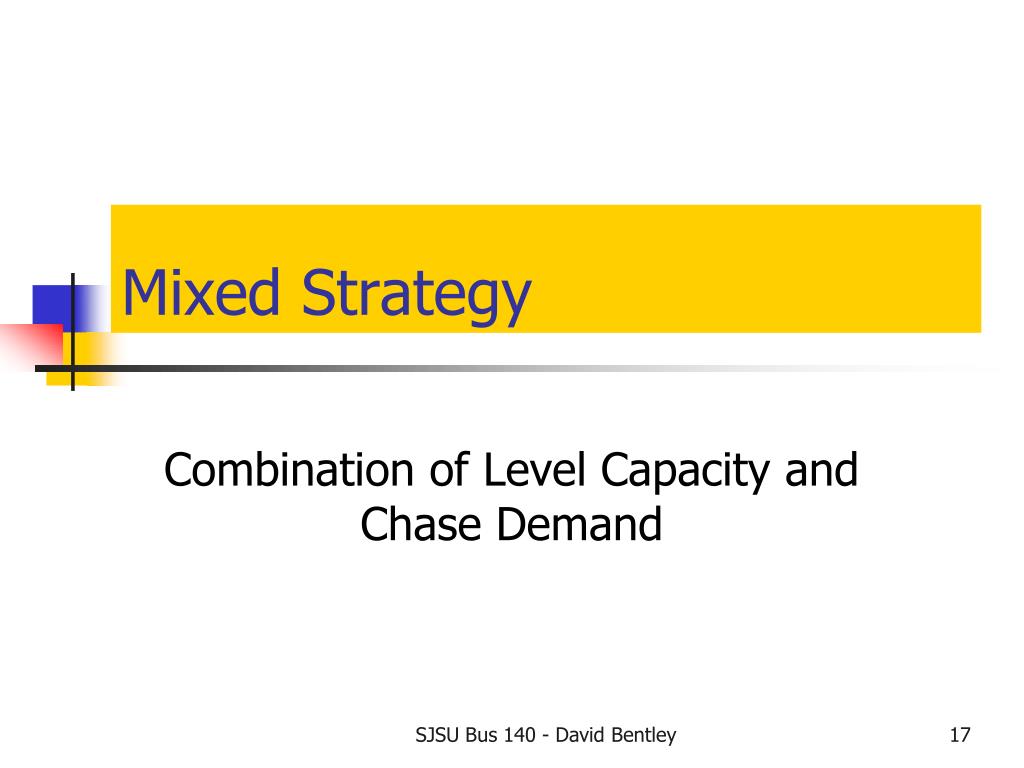



Ppt Week 13a Sales Operations Planning Chapter 13 Powerpoint Presentation Id




Lsc 343 Ch 8 Level And Chase Production Plans Youtube
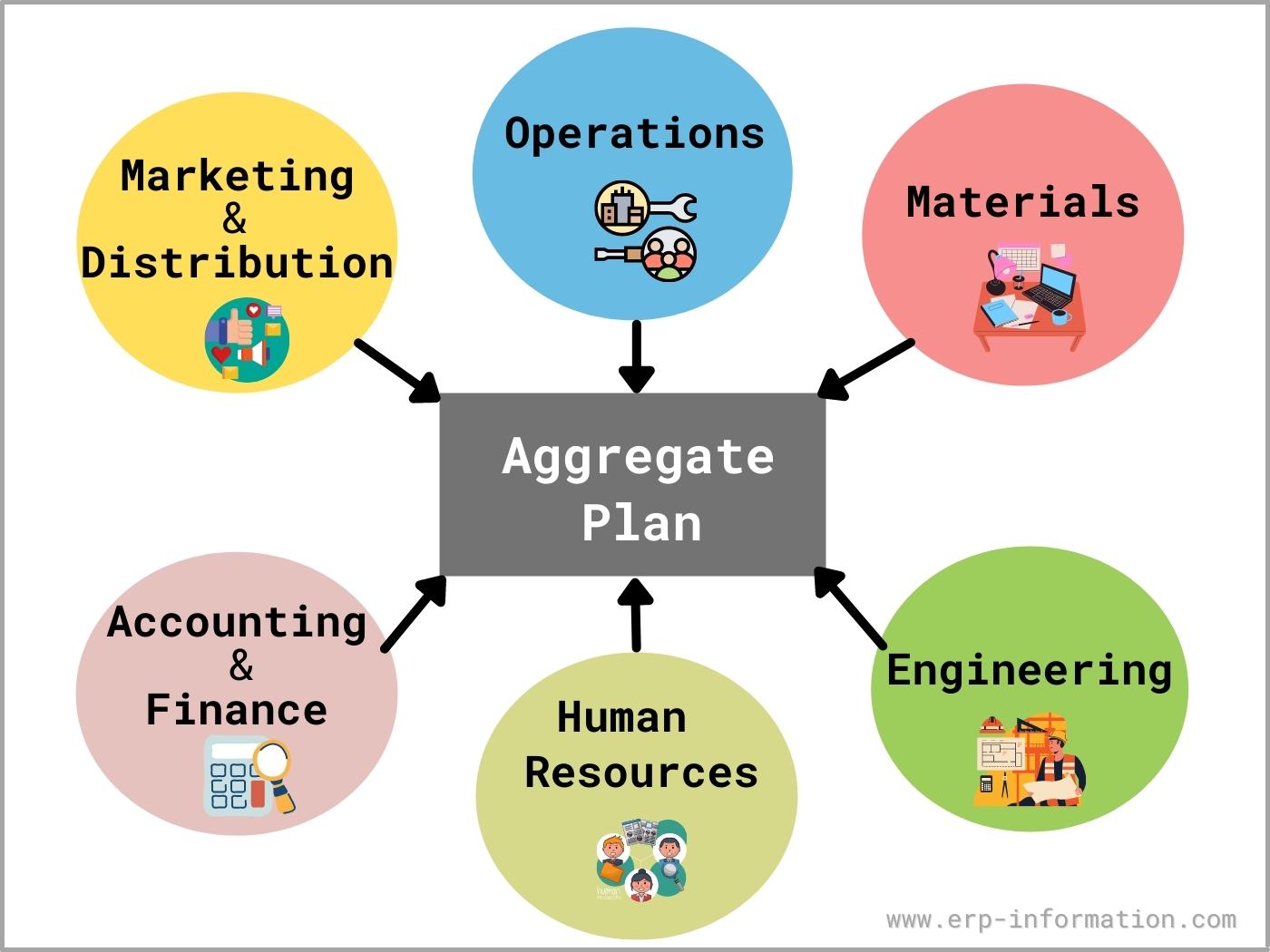



What Is Aggregate Planning 3 Strategies For Aggregate Production Planning



No comments:
Post a Comment